Content marketing is all about creating useful content that people will benefit from and tell others about. Written content has its role, and, oftentimes, you’ve got to start from there.
The truth is that written content powers the search. For example, if you carry out any search right now, you’re more likely to find blog posts, articles and written content in the top 10 results.
However, when it comes to engaging an audience and converting them into customers, you need to use visual marketing.
There are intriguing statistics about visual storytelling that should give us the confidence to incorporate more visual content into our digital marketing efforts.
Brands can use visual storytelling to not only raise brand awareness but for effectively generating leads and increasing sales.
According to HubSpot, 32% of marketers say visual images are the most important form of content for their business.
Unfortunately, not everyone can create an effective video. It’s hard to create engaging videos with great production values unless you have a sizeable digital marketing budget.
But, video content is only one aspect of visual marketing. While you’re learning the basics of visual communication as part of a social media marketing strategy, you can begin with infographics, image-based memes and other types of visual content.
And, if you’re wondering why you should invest time and money into visual storytelling, these 5 successful case studies will help you understand and may even inspire your digital marketing efforts, overall. Let’s start with the first case:
1. Banner Displaying Top Deals Increases eCommerce Engagement by 105%
Banner ads have been around since the early days of the internet. Truth be told, they haven’t been an effective marketing strategy for generating leads and sales for businesses.
It’s been scientifically proven that the only time that users click on a banner ad is when they hover on the banner and click on it by mistake, most of the time.
But, as I always tell my readers and clients, “There’s no single right or wrong way to promote your business.”
The gap between what people say doesn’t work and what does work is testing. It doesn’t have to be an elaborate experiment. Simply taking action and running an ad on a social media platform that other marketers ignore, for example, can reveal so many things to you.
That’s exactly what Bakker-Hillegom, a Dutch mail-order company that sells plants, flower bulbs, and garden accessories, did to their digital marketing campaign.
The team behind the company had a rich depository of content resources that helped people take care of their gardens. They also had a web app, but that wasn’t enough to reach their target audience.
Since their resource pages are unique and helpful, new and targeted visitors come to these pages to read the content. Here’s one of their resource pages:
People were excited about the content and spent considerable time on the site, but they weren’t taking further action, like subscribing to the email list, buying an item or leaving a comment.
But, the Bakkar team was smart. They designed banner ads and set up a quick A/B split test, using Visual Website Optimizer.
The first banner ad reads, “Top Deals.” When users clicked on it, they were redirected to Bakkar’s top deals page, where they could purchase useful products with a nice discount. The second banner was for newsletter subscription.
They ran the test for 12 days, on 8,000 visitors. The ultimate goal was to send more people to the “Top Deals” section of the web site, increase their time on-site and improve overall engagement.
This is how the variation with the top banners looked:
Interestingly, the information page with the two banner ads generated 104.99% visits to the “top deals page” and a statistical significance of 99.99%.
Quick tip: If you must use banner display ads, make them relevant to the offer and page. Design the graphics to compliment the web site, not to grab the attention span of a browser – don’t make them too distracting, shiny, or flashy.
Remember that people don’t like to click on shiny banner ads, but they won’t resist a banner that’s relevant, useful and appealing to them.
2. Productivity Video Goes Viral, Generating Over 2 Million Views
The above case study goes to show the power of using targeted visual content.
It’s not enough to use video or visual content just because the human brain processes it 60,000X faster than plain text. Making it relevant to your current campaign is what counts.
Let’s look at another inspiring case study – this one involving a video.
Gregory Ciotti discovered that a useful video is invaluable for building backlinks and traffic.
Greg joined with AsapSCIENCE, a research institute, to create a video on the science of productivity. To date, the video has generated close to 3,000,000 views on YouTube.
Beyond the millions of people who viewed it on YouTube, Gregory also got the video featured on the Discovery Channel Blog and on one of the most popular web sites ever, Brain Pickings.
Quick tip: Without a doubt, videos have a stronger impact on the human brain than written text. Of all of the common visual content forms, video stands out, because it combines visuals, sound, and text – making it the most desirable form of content for learning new things.
Web sites, like Udemy, Lynda and Vimeo, are all popular because of video. YouTube has gone from being a video depository to being a search engine. Yes, it’s the second largest search engine – and a lot of people prefer to search YouTube for video content than Google.
However, these popular web sites have one thing in common: they offer value. The videos are richer and the experience can be exhilarating.
People have short attention spans, so make sure that when you create your social media marketing videos, you don’t bore people to death. Make your videos exciting, useful and short – but captivating.
The truth is that you don’t need to make Hollywood-quality videos to see results. Just make it unique, creative and helpful for your target audience. That’s what you need, to make a difference with videos.
You’ll definitely increase your site traffic, generate more leads and increase your customer base.
3. Useful Infographics Generate 2,512,596 Visitors and 41,142 Backlinks to KISSmetrics
If you’ve been following and reading my blog posts, you already know about this case study. I’ve shared it several times and I think it’s worth repeating.
Infographics are powerful. I generated hundreds of thousands of readers to QuickSprout through infographics.
Infographics may not be as effective as they were back in 2013 and 2014, but if you use the right design and social media marketing strategy, you can generate up to 5,000 visitors to your web site per week, using infographics alone.
In the early days of KISSmetrics, we were focused on written content only. Once in a while, we created a video to help spread the news about our software and raise brand awareness. But, for the most part, our content was written.
But, a time came when we discovered how much people loved infographics and we started investing in creating them.
Data from Unbounce revealed that in just 2 years, the search volume for infographics increased by over 800%.
However, the real result isn’t in statistics from other businesses, but in what you get out of infographics. So, we tested it on KISSmetrics. We created several valuable infographics addressing key internet marketing topics.
Our results speak for themselves. Through these infographics, we generated 2,512,596 visitors and 41,142 backlinks from 3,741 unique domains.
I didn’t have quite the same results when I published infographics at QuickSprout, but each infographic did generate 41,487 visitors and 469 backlinks from 38 unique domains. As for social media shares, each graphic generated roughly 621 tweets and 572 likes.
You can still use infographics to grow your web site traffic, earn editorial backlinks and attract quality clients. Just make sure that your infographics are well researched and designed by professionals.
You can hire a graphic designer who specializes in infographic design from a visual studio online showroom like Dribbble. Or, if you like to design yourself, you can create your own visual content using free design tools, like PiktoChart.
Personally, I’ve found that outsourcing infographic designs to a professional visual studio like Visual.ly works best – if you have the budget for it. You’ll surely get a premium design, but be ready to pay about $2,500 per infographic.
4. Inspiring Meme Generates 453 Likes, 57 Comments and 256 Facebook Shares
Businesses say they have different goals for their content marketing efforts. One of the most common is “to grow our business.”
But, that’s not really a suitable goal. It’s not specific and it’s not really measurable, in and of itself. Also, there could be any number of other benchmarks that have to come first.
According to Content Marketing Institute, “81% of B2B marketers want to engage their audience.” Obviously, engagement comes from creating the right content.
Since visual content engages the human brain better, visual storytelling is a potential game-changer, when you use it the right way.
Interestingly, in the eyes of Google and also when you’re looking at the KPIs of engagement, the things that matter are Facebook likes, comments and other social media shares.
Good visual content tells a story. HubSpot knows this.
That’s why it created an inspiring meme to align their sales with what its audience wants. That meme generated 453 likes, 57 comments and 256 shares on Facebook. Here’s the meme:
Images in general, but especially memes, are powerful ways to reach out to your social media audience and engage them. For example, Facebook photos generate higher engagement than the average post.
Yes, the meme is one of 15 types of content that drive traffic, but, just like any visual marketing strategy, you need to combine the right ingredients and learn how to captivate your audience with memes.
5. Visual Storytelling Drives Huge Instagram Engagement Rate for Lilly Pulitzer
Over the years, Lilly Pulitzer, a popular American fashion brand, has delivered immense value to its growing social media community by providing rich content.
So, the question for the company isn’t how to make its content useful, because they’ve already done that. It’s how to turn the results of that social media marketing strategy into an engaged audience.
Since 1959, the “Lilly Girls” (as the customers of this fashion brand are known) have been passionate about this brand. The brand had a lot of stories to tell and the social media platforms to tell them in the right way.
Lilly Pulitzer designed a digital marketing campaign to connect customers with designers. They designed 5×5 prints and published them on Instagram and Pinterest, 5 days a week.
When these prints were shared across social media, most of the posts (rich in colorful images) were repinned over 100 times. Some were repinned up to 300 times.
The results from this social media marketing strategy, which were powered primarily by a strong visual identity, were exciting and mind-blowing:
- With the 5X5 print images, Lilly Pulitzer grew its Pinterest following by 56%.
- The Instagram following grew by 170%.
- Lilly Pulitzer drove 4.4M engagements with a single content series (the 5X5) on Instagram.
- Instagram referral traffic surpassed Facebook traffic for the Thanksgiving through Cyber Monday period by more than 50%.
Conclusion
There you have it – five visual marketing case studies that prove the power of images and visual communication.
Remember that telling your brand story using simple images designed to communicate your message clearly is always better than creativity that’s irrelevant to your brand message.
Of course, whether it’s written or visual content, you need a certain level of creativity to stand out from the crowd. But, as the saying goes, “the lesser is always included in the greater.”
This means that creativity is always embedded in “clarity.” If you understand your audience better and you speak their language, they’ll perceive you to be a creative person.
Data-driven blog posts can drive leads to your business. But, don’t limit yourself to written content alone.
There are milestones you’ll never reach in your online business until you start using visual assets – infographics, videos, Slideshare presentations, memes, and other graphic content, in your campaigns.
Which other visual storytelling case studies did you learn from when building your blog?


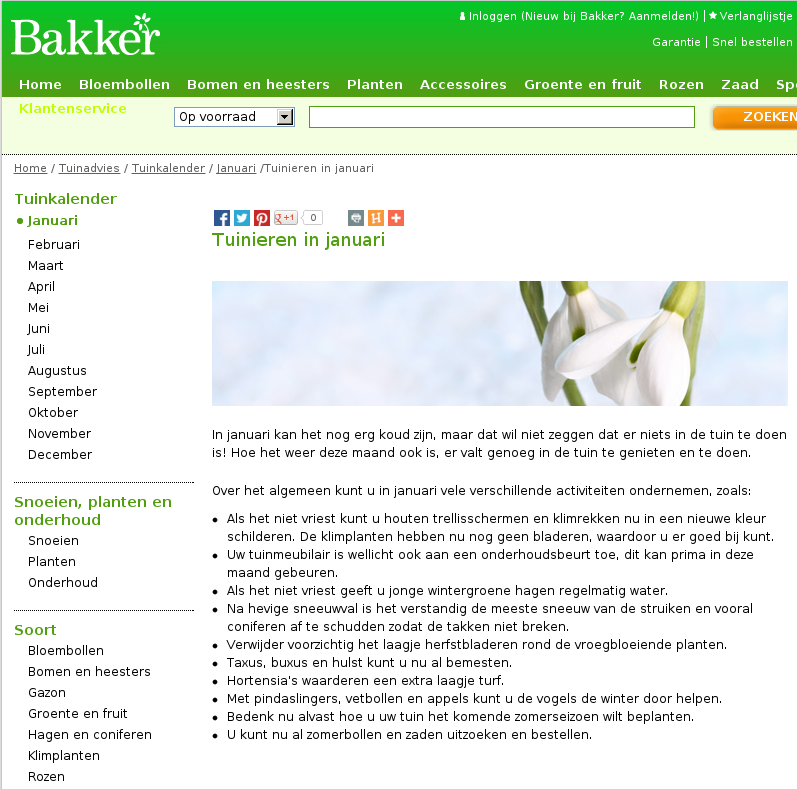
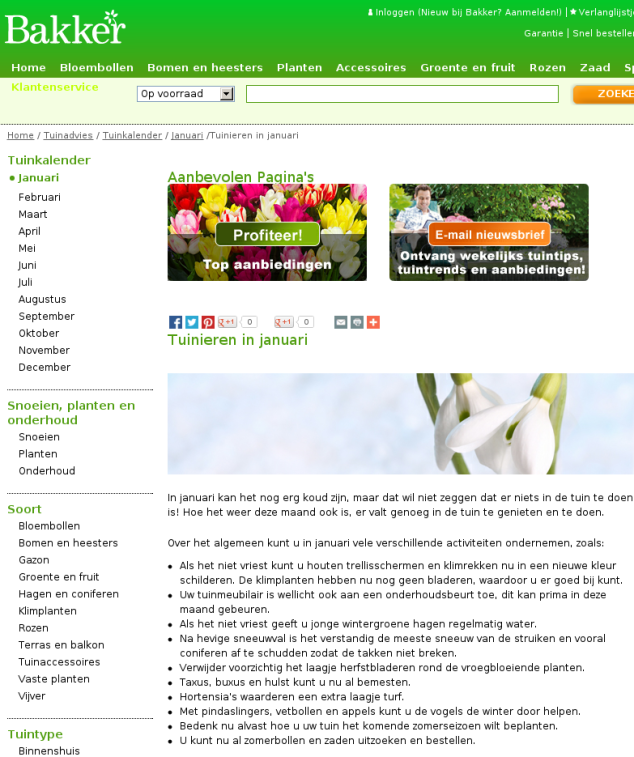

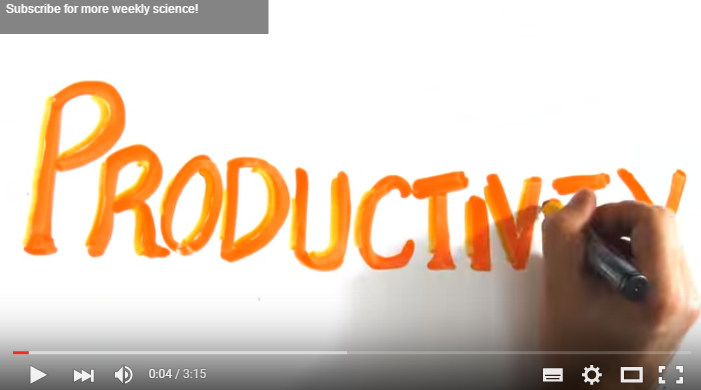
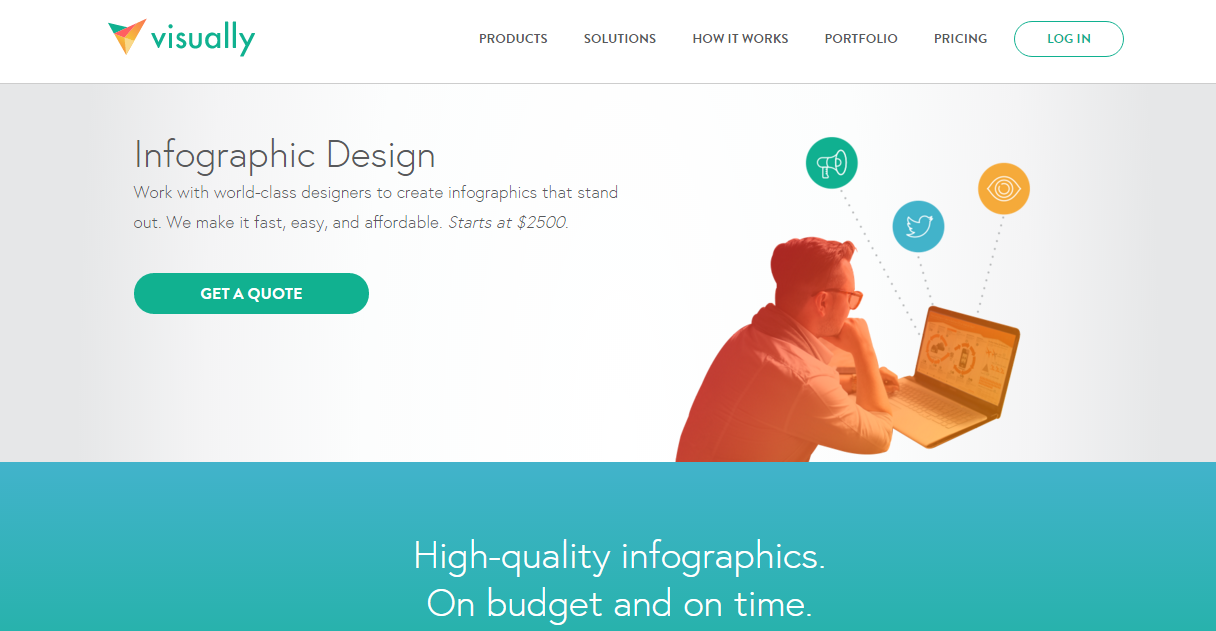
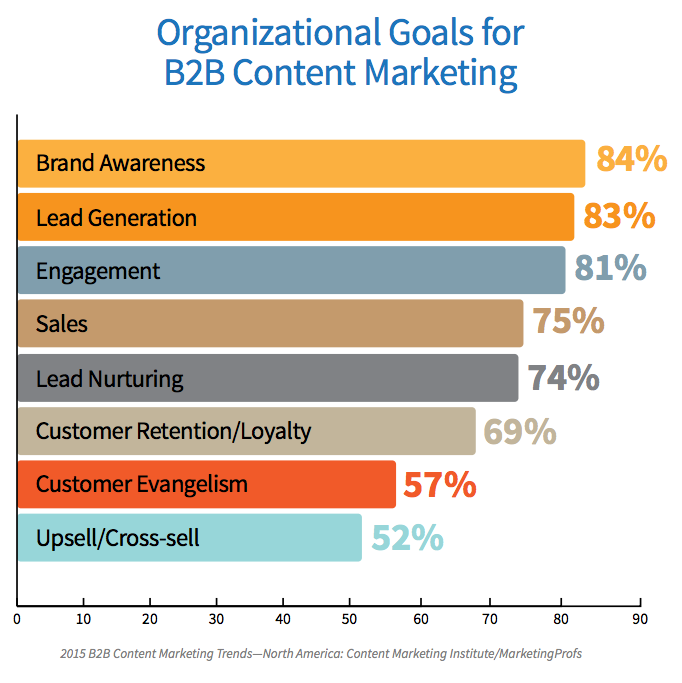
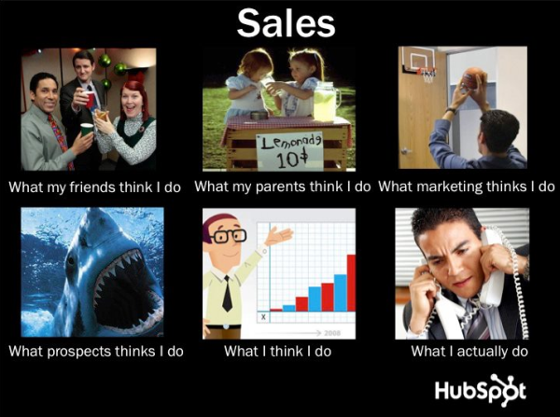
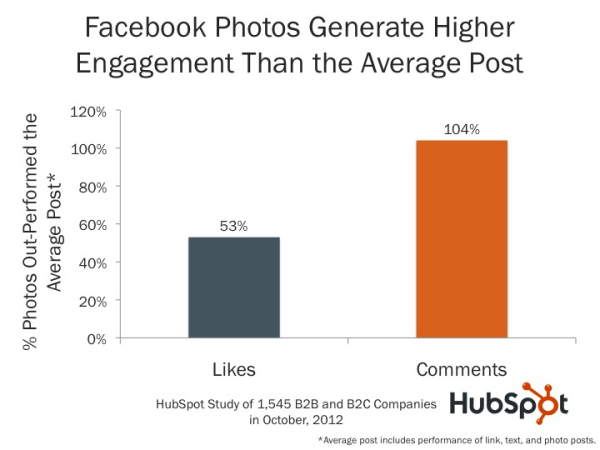
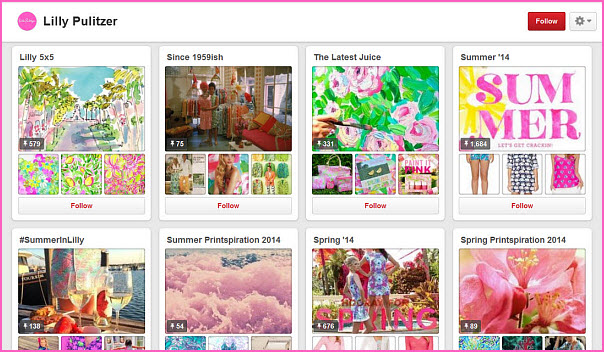
Comments (51)